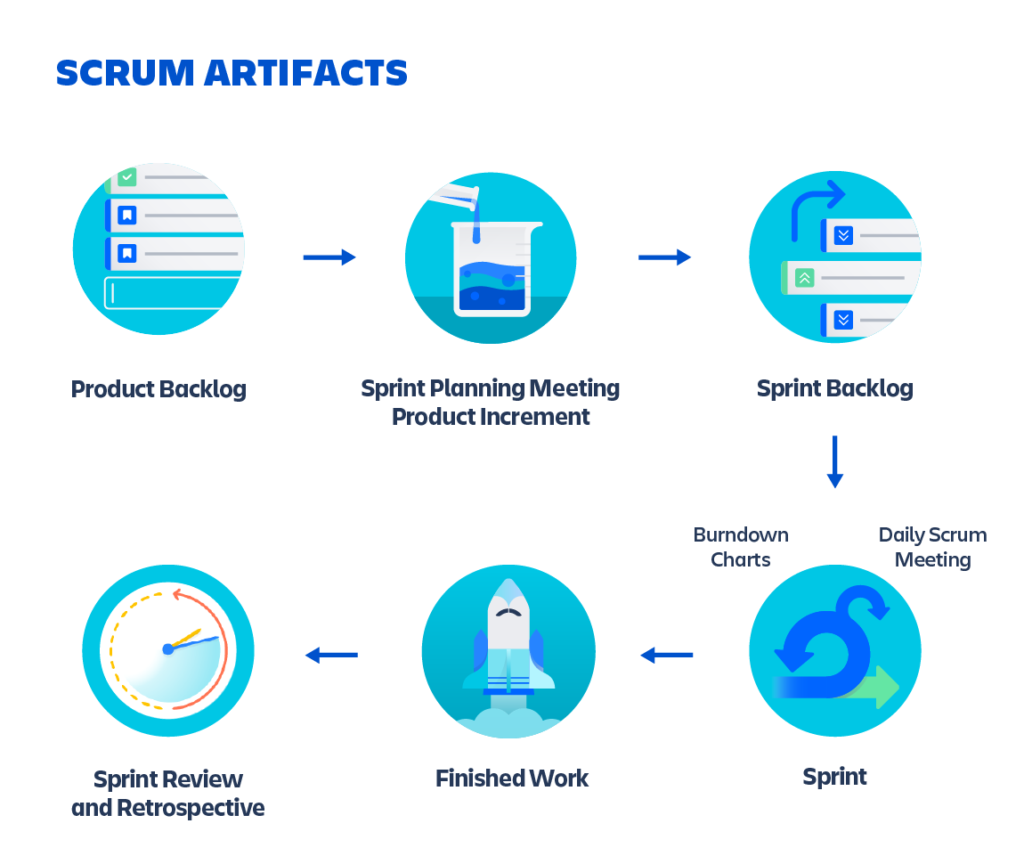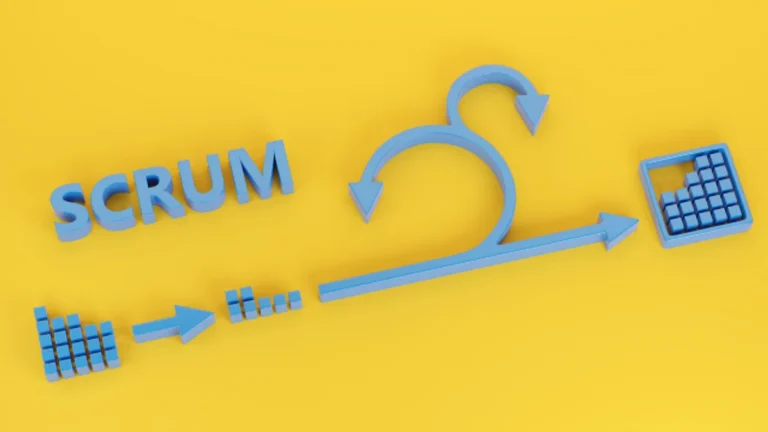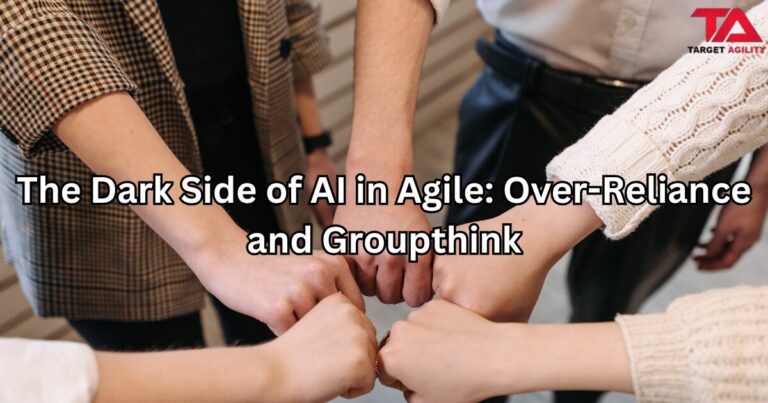Introduction
In the fast-paced world of software development, achieving agility at scale is a challenge faced by many organizations. The Scaled Agile Framework (SAFe) has emerged as a powerful solution, providing a structured approach to navigate the complexities of large enterprises. Central to SAFe’s success are its well-defined artifacts and ceremonies, which serve as essential building blocks for collaboration, alignment, and seamless communication. In this blog, we will explore the key artifacts and ceremonies in SAFe and how they contribute to fostering an agile culture within organizations.
1. Unveiling SAFe’s Artifacts
1.1 Program Increment (PI) Objectives
The Program Increment (PI) is a fixed-length timebox that typically spans 8-12 weeks, during which Agile Teams collaborate to deliver valuable outcomes. The PI Objectives are crucial artifacts that outline the specific goals the teams aim to achieve within the PI duration. Aligned with strategic business objectives, these objectives provide a clear roadmap, enabling teams to work collectively towards shared priorities.
1.2 Program Backlog
The Program Backlog encompasses all the features, enablers, and user stories that the Agile Release Train (ART) aims to deliver during the PI. Continuously refined and prioritized by Product Management in collaboration with Agile Teams, the Program Backlog ensures that work items are sequenced based on value and urgency. It acts as a guiding light for teams, fostering focus and enabling efficient value delivery.
1.3 Iteration Goals
In SAFe, iterations are fixed-length timeboxes, usually lasting two weeks. Iteration Goals are artifacts that define the specific outcomes Agile Teams strive to achieve during each iteration. These goals act as beacons, guiding teams towards a common purpose and ensuring a sense of direction and purpose throughout the development process.
1.4 Program Kanban
The Program Kanban is a visual management tool that provides real-time insights into the flow of work across various stages of development. By visualizing the status of features and stories, the Program Kanban facilitates transparency and empowers teams and stakeholders to identify bottlenecks, address challenges, and make informed decisions.

2. Embracing SAFe’s Ceremonies
2.1 Program Increment (PI) Planning
PI Planning is a pivotal ceremony that takes place at the start of each Program Increment. It gathers all members of the Agile Release Train, including Agile Teams, Scrum Masters, Product Owners, and stakeholders. Over a two-day event, participants collaboratively plan the work to be accomplished in the upcoming PI. PI Planning fosters alignment, collective commitment, and a shared understanding of priorities, setting the stage for successful value delivery.
2.2 Iteration Planning
At the beginning of each iteration, the Agile Team, Scrum Master, and Product Owner participate in the Iteration Planning ceremony. Together, they review the features and stories in the Iteration Backlog, define iteration goals, and decide on the tasks they will undertake during the iteration. This ceremony promotes collaboration and ensures that the team stays focused on delivering valuable outcomes.
2.3 Daily Stand-ups
Daily Stand-ups, or Daily Scrums, are brief and time-boxed meetings that occur daily during an iteration. Agile Teams come together to discuss progress, share updates, and identify potential roadblocks. This daily synchronization fosters communication, transparency, and a sense of shared responsibility within the team.
2.4 Iteration Review
The Iteration Review, also known as the Iteration Demo, occurs at the end of each iteration. The Agile Team showcases the completed features and stories to stakeholders, gaining valuable feedback. This ceremony promotes transparency, enables stakeholders to provide input, and validates whether the team has achieved the iteration goals.
2.5 Inspect and Adapt (I&A)
The Inspect and Adapt (I&A) workshop marks the end of each Program Increment. During this workshop, all members of the ART and key stakeholders come together to reflect on the performance of the PI. The I&A workshop identifies successes, areas for improvement, and actionable insights to enhance future PIs.
Conclusion
SAFe’s well-defined artifacts and ceremonies provide a structured and systematic approach to agile at scale, enabling organizations to navigate the complexities of large enterprises successfully. By embracing these key elements, organizations can foster a culture of collaboration, alignment, and continuous improvement, driving their journey towards agile excellence. SAFe’s emphasis on clear communication, shared ownership, and continuous learning empowers teams to adapt, innovate, and excel in delivering value in today’s competitive landscape.










